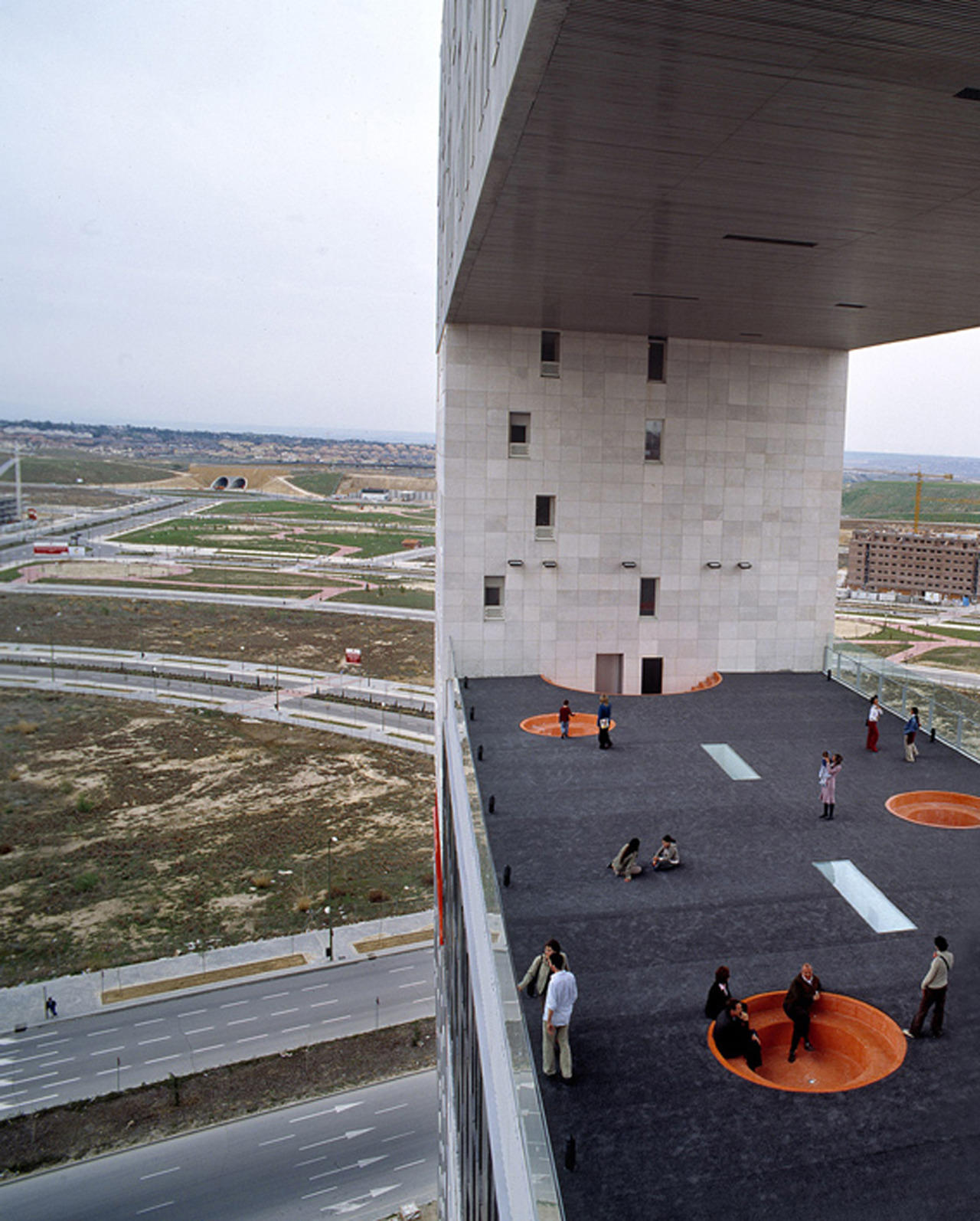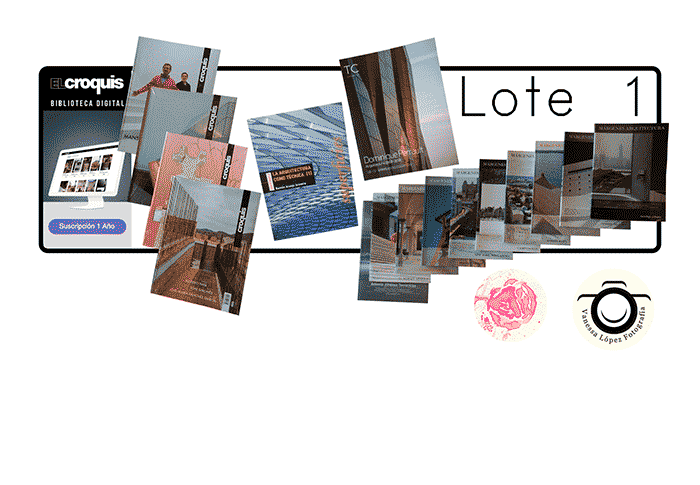Intervention on the existing city and its methodology, both architecturally and urbanly, is a subject, fortunately or unfortunately, in constant debate and evolution –what would be of us without that debate?– Within this eternal dilemma, disparate voices appear that speak about lost values, opportunities and urban offers; others less audible are those that try to drown out a strident shriek between car brakes and engine noises.
The pedestrian, the private vehicle, the rental vehicle, the moped… All looking for their space, and from the first to the last wanting to be the only one to cross the Gran Vía. The pedestrianization of roads and elevation or, opportunely, the burying, has managed to solve daily problems of these inhabitants, vehicle users or their own shoe.
The city is to be stereotomic whose foundations are difficult to pierce, and the decision to introduce a new route that overcomes all the obstacles it involves -both physical and legal- is a headache for many and with economic consequences unbearable in most cases. It is for this reason that, despite the fact that the solution could be the one most assumed by the general user, the sections thus resolved are reduced to knots and critical points that do not extend beyond the punctual solution –if they reach it-.
Moreover, while these operations may solve more or less obvious problems, their extensive application has the capacity to bury the vehicle rather than bury it. Eliminating it from sight adds nothing more than a rickets to its routes, and although the opposite operation – the elevation of the road – may bring some light to the matter, it contributes little when we speak of consolidated cities.

Finding the city… inside our living room
And the fact is that, although this briefand intentional enumeration of battered solutions does not offer anything new, it does make us look the other way. And if we cannot look towards the street, its squares, tunnels, passageways… it will be better to look at our own buildings. Perhaps the urbanism of the modern era does not involve hiding the vehicle or specialising its routes, but rather taking advantage of the real resources offered by the city by climbing up to spaces that previously seemed secondary, even called “service”, and extracting from there what we really need: To turn our roofs, patios and corridors into usable and common spaces; not to use the building to isolate us from the city, but to let it in so that it can heal.
An obsessive solution, which has been found in the minds of great masters, from Le Corbusier to Saenz de Oíza, and evidently reaches to the present day, as for example in the rabidly current MRVDV. The decision to introduce social activity into the building, and more importantly, to use it to attenuate the incessant human rattle, is a motivating idea for thousands of proposals around the world. When Saenz de Oíza appeared between our lines a few weeks ago, we were all looking towards his eternal work: Torres Blancas. An operation primitively arboreal, and in whose top is developed all the social activity triggered by the houses that make up its trunk. A decision as premeditated and committed as the one taken by Le Corbusier in his Unité de Habitation de Marseille, or in the Paris plan itself.

Given the climax reached in the text at this point, perhaps an exemplary solution, if any, could be found here. That is not the case. The examples of which I speak elevate the activity, far from the vehicle… and its inhabitants. Urbanism should not be stepped on or supplanted like the successive “Troys“, nor should it be extended in the territory disproportionately until it overflows, if not coexist and transform itself. We live in cities that are in this process of constant transformation, and the few examples mentioned speak of a movement, a slow turn of a city towards, once again, its interior; very little by little and in small steps. These isolated cases –as the former would say – speak of a camouflaged but present interest, in an unstoppable push towards the connection of spaces as public as private, that in that almost sexual tension of abandoned corridors and courtyards that cross gazes from different constructions, may end up doing what they least expect: City.

